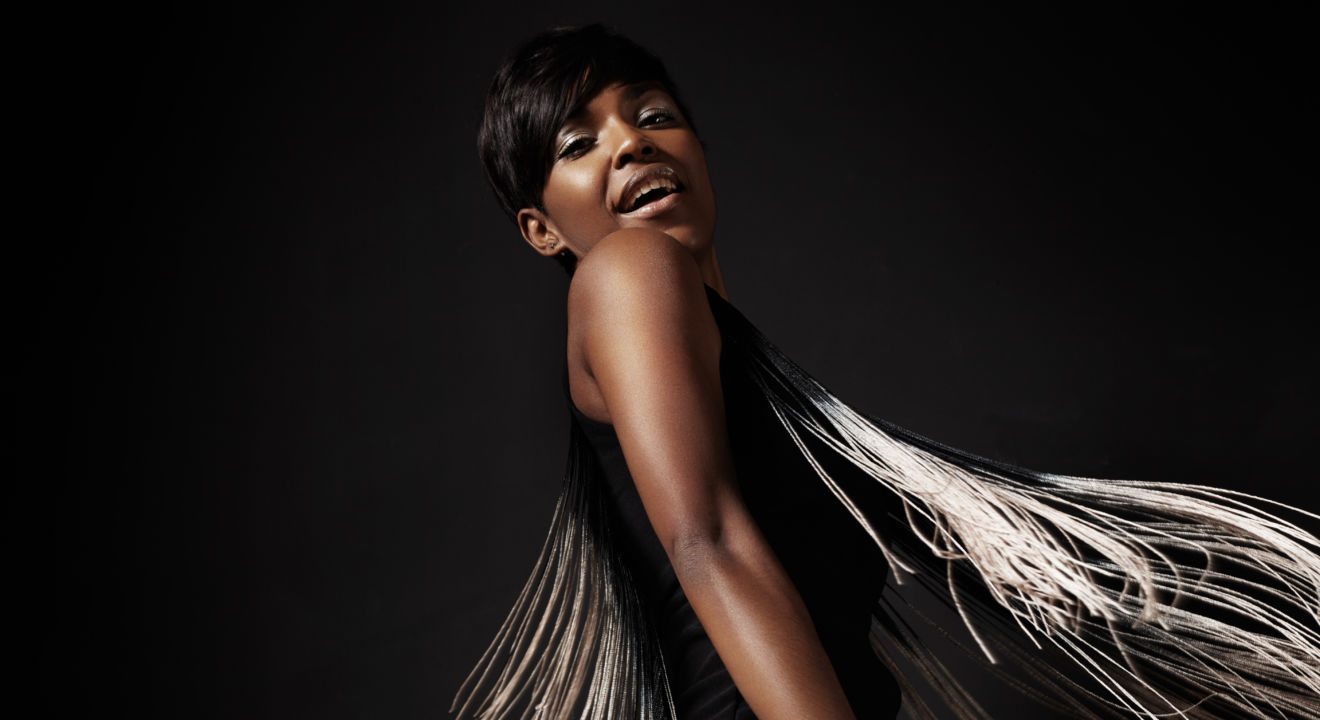May 4, 2017


Just by looking at the actual word popular music is what most people listen to at the moment. There are songs written specifically in the pop style, but there are also genres of music that are popular like pop country and hip-hop. Despite the genre, however, popular music all share some important traits: catchy, simple, repetitive, and dramatic subject matter or delivery usually help as well. We can see this formula work wonders for songs like Sia’s Chandelier. Listeners are immediately drawn in with a catchy percussive beat and the sensual growl of the singer’s voice. Less than a minute after the singing begins comes the in-your-face main chorus which plays twice along with the last stanza that includes “on for tonight” for every line until the song ends. This song reached the top 8 position in the Billboard top 100 and sold over two million copies.
So does the same formula work for much older music? In the 1920’s through the 50’s the most popular music in America was Jazz. With the invention of radio in the preceding years, jazz was the most distributed and sold music at that time. Clubs were packed every night as people danced to live music provided by Big Bands and their famously charismatic band leaders. The music itself actually did follow the formula for successful pop songs as well. Most commercially successful swing songs were purposefully written in an AABA format which basically meant the music always circled back to its beginning to give the listener a recognizable tune to catch onto. One major difference between then and now, however, was that almost all popular music today is sung. A century ago, that was not the case and instrumental music was just as popular if not more popular than vocal music for at least a little time. Popular music from the early twentieth century also involved a lot of other folk tunes imbedded in the music. The more the audience could recognize and hum along to, the more popular the song became. A famous example is Duke Ellington’s arrangement of Cotton Tail. This piece had the chord changes to another popular song by George Gershwin called I Got Rhythm which audiences loved when they realized.
As technology advances and people change, so will the musical tastes of the country. However, the most universally appealing music will probably remain catchy and repetitive.